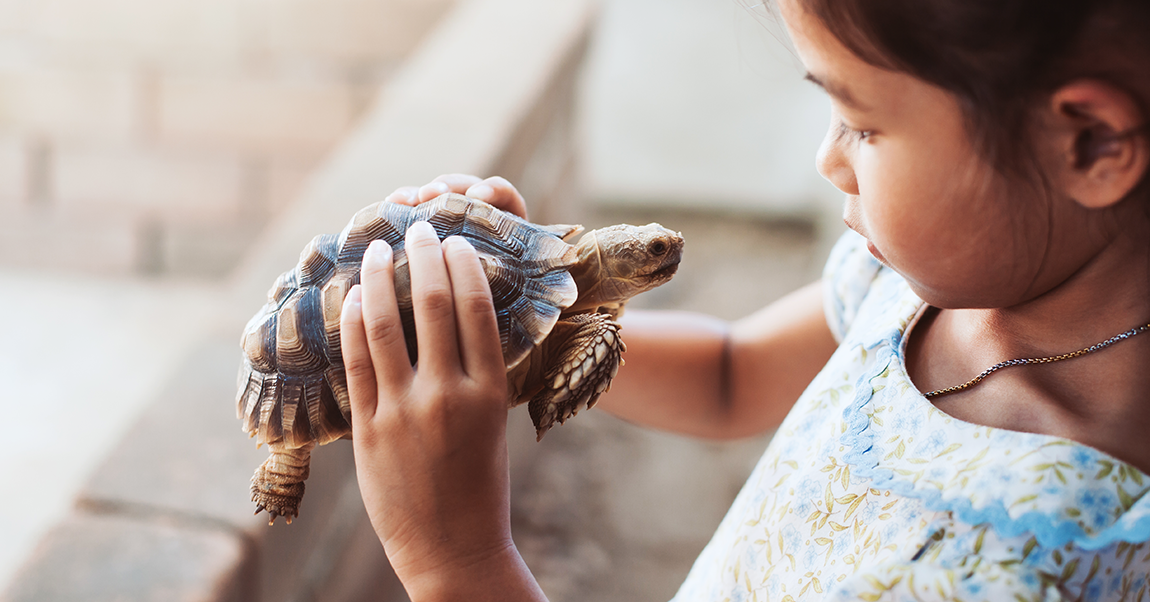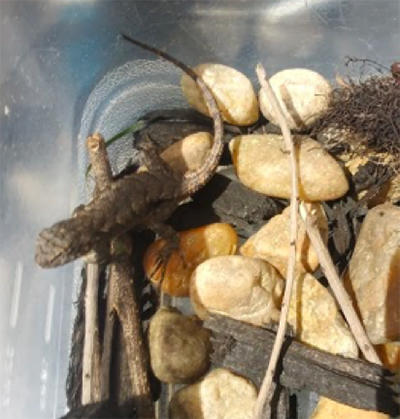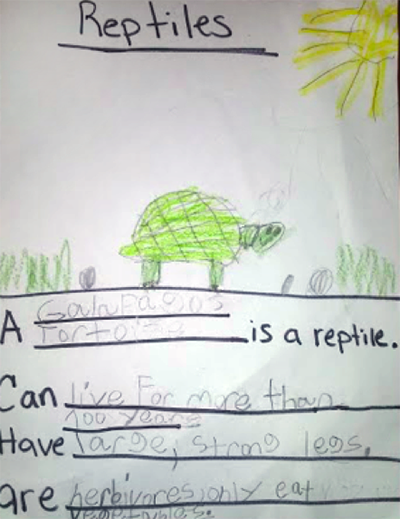
(Editor's Note: This is Teacher Appreciation Week and this guest post, like many of ours, comes from a dedicated PBL classroom teacher. Look for more teacher voices and their stories of PBL during the COVID-19 pandemic in upcoming blog posts and in our next three webinars.)
Though many of our plans for the end of this school year were cancelled, I am able to look back on some great PBL wins for my students, my school, and myself.
Some reminders of what makes PBL effective came during our shift to remote PBL during this challenging time, and some came earlier in the year. Below are four “wins” from my experience.
First, some background. On a Wednesday in early March, my colleagues and I met to discuss the upcoming entry event for our final project of the year. We anticipated there might be rain and made alternate plans for the petting zoo that was coming to visit. We left school that day excited for what was to come.
We hoped to show students how the petting zoo created habitats for their animals and wanted to task students with creating their own zoos. Students would be researching informational texts and writing field guides to go with their zoos. But by that Friday, our state’s school system started shutting down and moving exclusively to digital learning due to concerns about COVID-19. We quickly made plans for moving the project online.
PBL Win #1: Using a Tech Tool for Presentations
Thanks to the recommendation of colleagues, I discovered FlipGrid as a way for students to present parts of their projects and give each other feedback. Meeting together as a whole class digitally proved to be a challenge as many parents were working from home and sharing devices, which caused scheduling issues. FlipGrids were a quick and easy way for students to present their ideas.
Since I set the limit for most videos to be around two minutes, students had to be brief and present their best ideas. I then asked them to reply to other classmates with “I like’s” and “I wonder’s.” I think this format really allowed for all students to shine, especially the ones who may not have had the courage to speak in front of the whole class at school.
PBL Win #2: Increasing Student Voice and Choice
During an online training for remote learning, I was reminded of how effective choice boards can be in allowing students to show their strengths. I decided to try these as a way of transforming my kindergarteners’ final project to answer the driving question, “How could we as zoologists build our own zoo?”

The choice options catered to different learning styles, making the project more personalized for students. I encouraged them to be resourceful and use anything that they could find at home, including play dough, construction paper, blocks or even outside materials. I saw many creative animal habitats from students. Working at home with unlimited time and being given the freedom to create what they wanted resulted in thoughtful projects that students were proud to show.
PBL Win #3: Hearing How Much Parents Appreciate PBL
The most encouraging win I have experienced this season would have to be all of the positive parent feedback about student learning through PBL this year. All this school year I was consistent in communicating with parents about student progress, but parents have now seen firsthand at home what their children can do and how much they have grown this year.
Comments have ranged from “I had no idea my child could challenge herself like this” to “I came downstairs and he was already reading and working by himself. Thank you for encouraging this independence.” I am hopeful that no matter what school looks like in the future, my students will be able to adapt. Through my PBL classroom, I have helped students to plan and implement their own learning. PBL has helped me to foster creative and independent students.
PBL Win #4: Creating More Opportunities for Collaboration
This win came earlier in the year, on a different project we did in my classroom. Group work was always something I was hesitant to try with kindergarteners. I anticipated that they would not be emotionally mature enough to handle it and therefore I tried to avoid it, or at least pre-assign groups.
However, thanks to some great planning by my student teacher, students chose their own groups to design and create a “museum” of earth materials. Each group member chose a role and they all worked together to create their exhibits. We experienced very few disagreements, and I learned how to truly become the “guide on the side”—as I have been encouraged to be many times in PBLWorks trainings.

Remote learning has brought many new challenges for us, and new issues to consider.
Here are some questions I’m wondering about as the year comes to a close:
- What do I do when some of my students don’t have access to technology?
- Are my directions clear for English Learner students and their families?
- What’s the right balance between screen time and hands-on learning?
- What is truly most important for my students right now?
I don’t have the answers to all of these yet, but I’m grateful to work with educators who share ideas and offer help. I’m ending this year on a positive note, knowing that all of my previous PBL training has prepared me for this: being innovative and flexible. I am proud of my class and our accomplishments this year, and I look forward to seeing how these students will use these skills in their next phase of school.

